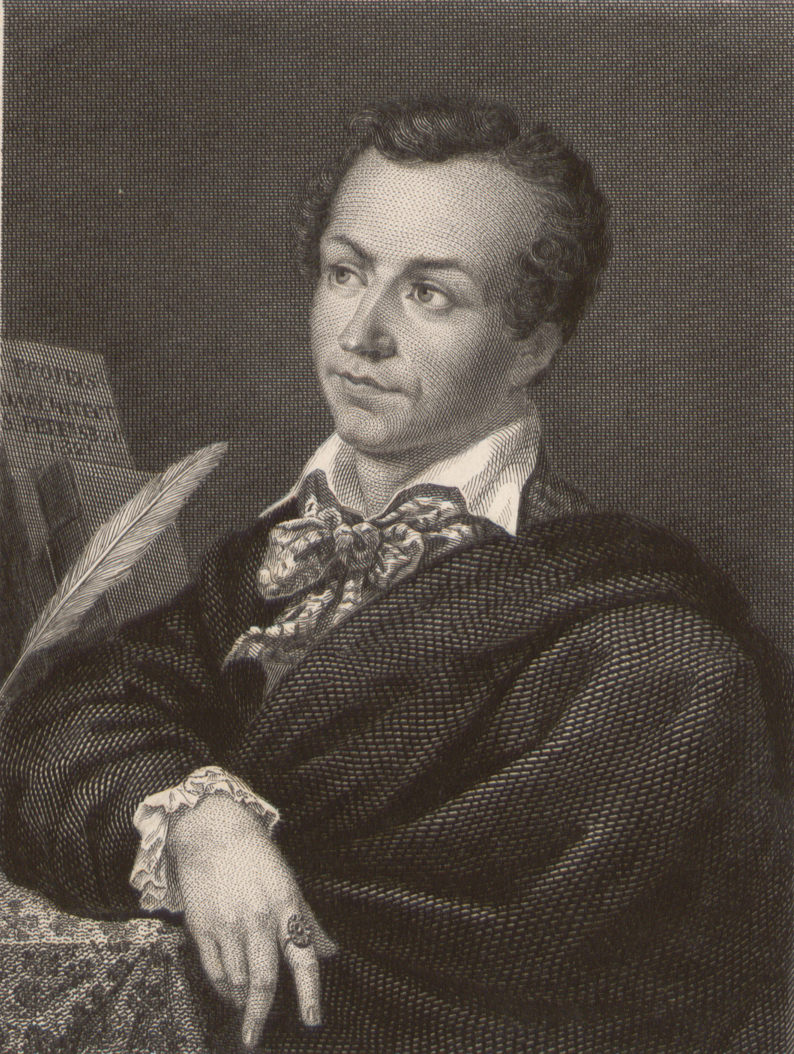Regency Eats: The Top Chef Edition
/Those of you who follow me on Twitter know that I am obsessed with "Top Chef: All Stars". I love the chefs, I love the challenges, I love Anthony Bourdain...I even love Padma, even though I think she's a thoroughly unlikely food show host.
 As far as I know, the Regency did not have anything like "Top Chef" (they were rather short on televisions, after all). But, they did have one of the very first celebrity chefs - Marie-Antoine Carême. According to Venetia Murray's book "High Society", Carême's father was a stonemason with fifteen other children; and so, when Carême was eleven, his father took him to Paris, "fed him supper in a tavern and abandoned him in the street." Awfully nice of dear old dad to give him supper first, right?
As far as I know, the Regency did not have anything like "Top Chef" (they were rather short on televisions, after all). But, they did have one of the very first celebrity chefs - Marie-Antoine Carême. According to Venetia Murray's book "High Society", Carême's father was a stonemason with fifteen other children; and so, when Carême was eleven, his father took him to Paris, "fed him supper in a tavern and abandoned him in the street." Awfully nice of dear old dad to give him supper first, right?
Despite that rather inauspicious beginning, Carême found his way into an apprenticeship with in a Parisian patisserie. His master allowed him to study at the Bibliotheque Royale, where he saw all sorts of engravings of ancient Greek, Roman and Egyptian architecture - and he translated his lessons into fantastic pastry centerpieces (which I suppose makes him a direct predecessor to Duff Goldman on "Ace of Cakes").
As Carême's reputation grew, he set up his own establishment and cooked for the uppermost echelons of Parisian society, including Napoleon and Talleyrand. After Napoleon's final defeat at Waterloo, Prinny (later George IV) lured Carême away from the continent to cook for him in England.
 Prinny's kitchen at the Royal Pavilion in Brighton was the ultimate in modern convenience - so ultimate that he once served dinner in the kitchen itself to show it off to his guests. Prinny and his household went through an astonishing quantity of food, and Carême was in charge of making sure that the food all reached the table at the right time. And he didn't just cook - like many of today's celebrity chefs, he wrote several popular cookbooks, and his techniques influenced generations of chefs.
Prinny's kitchen at the Royal Pavilion in Brighton was the ultimate in modern convenience - so ultimate that he once served dinner in the kitchen itself to show it off to his guests. Prinny and his household went through an astonishing quantity of food, and Carême was in charge of making sure that the food all reached the table at the right time. And he didn't just cook - like many of today's celebrity chefs, he wrote several popular cookbooks, and his techniques influenced generations of chefs.
So in regards to "Top Chef", I've been thinking that the cheftestants have it easy compared to Carême's job. For one dinner at the Royal Pavilion on 15 January 1817, Carême and his team prepared 100 unique dishes, including 36 entrees and 32 desserts. Presumably, the kitchens would have also turned out a sumptuous breakfast, lunch, and any other snacky-snacks that day as well, which makes the production of such a lavish dinner in the age before refrigeration even more incredible.
I'll be watching "Top Chef" tonight with eager anticipation, but I'm slightly less impressed with their feats of culinary genius after reading about everything that Carême turned out. Given that they aren't running the risk of poisoning a future king with spoiled, unrefrigerated food, they should feel positively relaxed about their cooking.
Are you as obsessed with "Top Chef" as I am? Don't you think Carême would look awesome with Marcel's hair? And would you be able to handle a dinner with 100 dishes, either as a cook or a diner?







